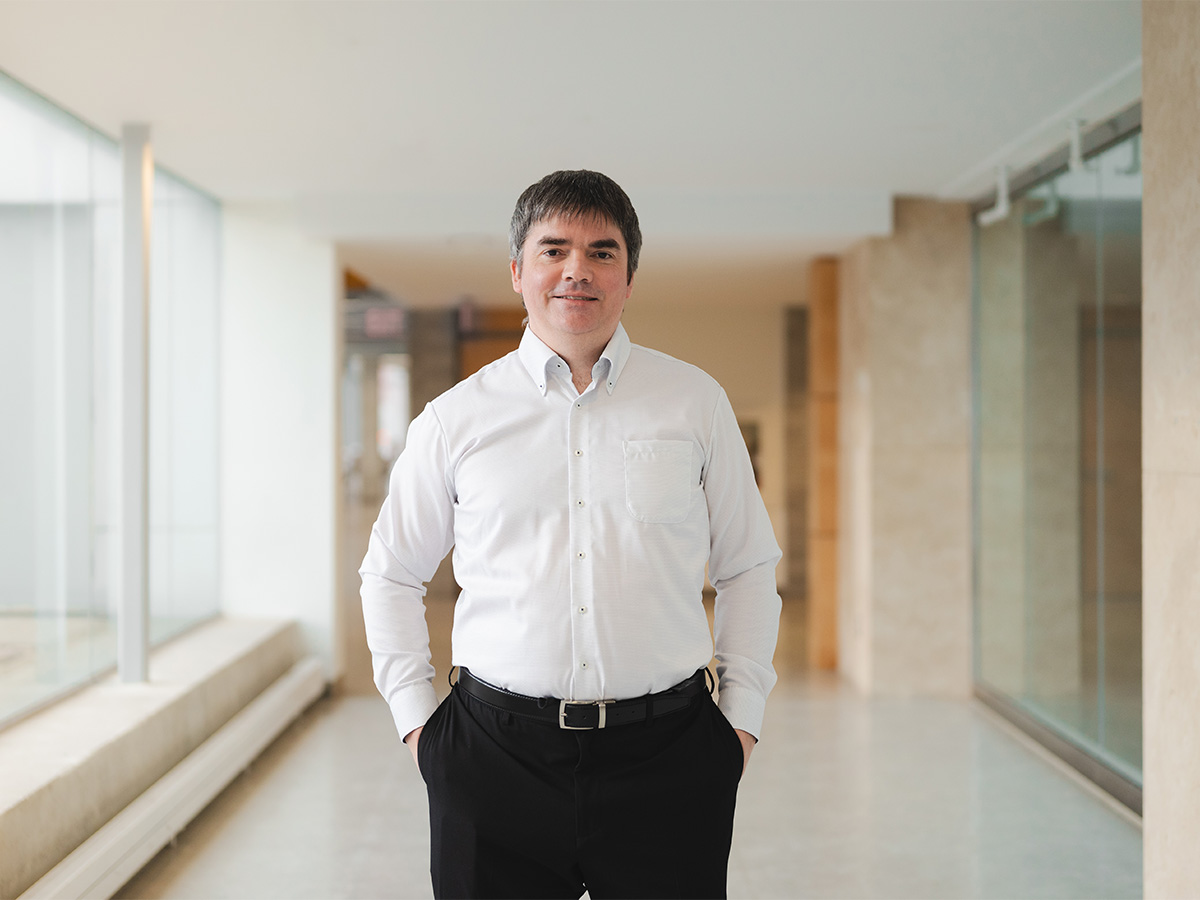From Tokyo to Toronto: Meet the newest face in the Department of Computer Science

As the new year rolls in, we welcome a fresh addition to the Department of Computer Science: Professor Claude Gravel. With an educational background blending mathematics with computer science and five years spent researching quantum device resiliency and secure-based computation in Japan, Gravel looks forward to a new chapter in his teaching and research career with TMU.
How would you describe your research?
My research topics cover various disciplines, and I plan on specializing more in the coming years. Generally, my research relates to probability and linear algebra (over finite fields), which are important branches of mathematics with applications to cryptography, communication protocol and security.
What is your career background?
Throughout my career, I have worked as a statistician for Hydro-Quebec, a contractual consultant in cryptology for the Canadian government, and a mathematics and statistics instructor at the Faculty of Continued Education of McGill University. While in Japan, I shared my time researching quantum error correction and homomorphic cryptography. Error correction is a branch of coding theory which deals with correcting errors that arise naturally in machines when computing. Homomorphic cryptography is used in secure-based computation to allow computing entities to perform tasks on users' data without actually learning the data itself to help preserve privacy.
How was your time researching in Japan?
I lived in Tokyo and had a good time there because of friends and colleagues who helped me get accustomed to the city. In addition to great gastronomy, Japan has a unique culture of public bathing, which is inexpensive and a great way to relax. The city is also structured and organized around work to facilitate workers' lives. My first job in Japan on quantum error correction and fault-tolerant computation was theoretical and helped bridge different aspects of applied mathematics, quantum physics and communication. My second job on secure-based computation went from theory to the lab. I helped the memory chips manufacturer Kioxia, formerly part of Toshiba, build a hardware accelerator for a homomorphic cryptographic scheme. After five years, I missed my family and friends and decided to come back to Canada.
You will be joining the Graphs@TMU research group. What do you hope to accomplish as part of the group?
I plan to contribute to the algorithmic and probabilistic sides of the research done by Graphs@TMU. I can help bridge the programmers and software engineers to the graph theorists or research quantum algorithmic aspects in graph theory. My research would explore randomized numerical linear algebra for massive (hyper)graphs to find structures using randomness and construct matrix decompositions.
What do you enjoy outside of work?
I like reading books on philosophy, history, and literature. Outside work, you can find me sweating in the gym or socializing in coffee shops or restaurants.